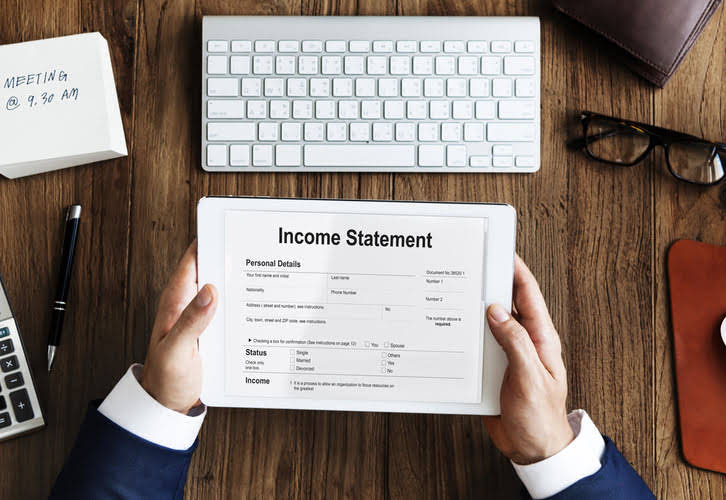
Further analysis could reveal areas for improvement and highlight where the company has done well. With cash accounting, the transaction is recorded when the payment is made. With accrual accounting, the log date is the date the service is provided, received, or earned. This flowchart for the accounting process of accounts payable outlines detailed steps for receiving and paying vendor invoices. Lastly, select an online charting tool to begin building editable flowcharts. Documenting compliance and risk mitigation processes with flowcharts ensures transparency and encourages consistency.

The Accounting Cycle: 8 Steps You Need To Know

At a minimum, team members responsible for managing the process must be involved. Subject matter experts and stakeholders impacted by process outcomes may also have valuable information to share. A subject matter expert may be a technology team member who oversees Insurance Accounting data imports. Stakeholders can include customers or vendors, depending on the process. The accounts receivable flowchart below depicts the handling of client credit and collections.
- However, it lists only permanent accounts because all temporary accounts get closed in step 8 above.
- Therefore, any increase shall be recorded on the Credit side and vice versa.
- Aim to incorporate collaboration, clarity and detail, feedback, and periodic evaluation into your flowchart efforts.
- This real-time processing enhances efficiency and accuracy, allowing accountants to focus on analysis rather than manual data entry.
- Creating an accounting process may require a significant time investment.
How has technology improved the accounting cycle?
- Permanent accounts refer to all of the assets, liabilities as well as share capital or share premium.
- Learn the eight steps in the accounting cycle process to complete your company’s bookkeeping tasks accurately and manage your finances better.
- You can then use your time and resources to make strategic decisions with the information you’ve gathered from these key reports.
- You need to calculate the trial balance at the end of the fiscal year.
- It is important to set proper procedures for each of the eight steps in the process to create checks and balances to catch unwanted errors.
Online tools streamline the creation, editing, and sharing of flowcharts. Circle shape with line (sequential data)The circle shape with a line shows where data must be stored in a system sequentially vs. randomly. Tape drives, used for backups, store data sequentially, while laptops use random access memory. Rectangle with bottom wave shape (document)The rectangle with the wavy bottom signifies a document within the process.
- For example, public entities are required to submit financial statements by certain dates.
- In this step, we need to transfer the Income Summary account to retained earnings.
- We collaborate with business-to-business vendors, connecting them with potential buyers.
- Parallelogram shape (data input/output)The parallelogram identifies when data or information enters or exits the process.
- The accounting cycle is a collective process of identifying, analyzing, and recording the accounting events of a company.
- For our purposes, let’s review example flowcharts for accounts receivable, accounts payable, and billing and payments.
The Accounting Cycle; An Ultimate Guide
The accounting cycle is a methodical set of rules that can help ensure the accuracy and conformity of financial statements. Computerized accounting systems and the uniform process of the accounting cycle have helped to reduce mathematical errors. Bookkeeping can be a daunting task, even for the most seasoned business owners. But easy-to-use tools can help you manage your small business’s internal accounting cycle to set you up for success so you can continue to do what you love. Three-sided rectangle bookkeeping shape (card)The card shape signifies saving data to a memory card.

However, the most common type of accounting period is the annual period. Meanwhile, the remaining five steps are the bookkeeping tasks you do at the end of the fiscal year. Fortunately, nowadays, you can automate these tasks with accounting software, so doing all this isn’t as time-consuming as it might seem at first glance. A shorter internal accounting cycle can make bookkeeping more manageable, especially when the company’s finances are accouting cycle complicated. However, businesses with internal accounting cycles also follow the external accounting cycle of the fiscal year.

The journal functions as a running record of a business’s financial transactions. It states the date of each transaction, how much money was involved, and the accounts affected. Within your accounting practice, there are many processes you can use to practice your flowcharting skills.
